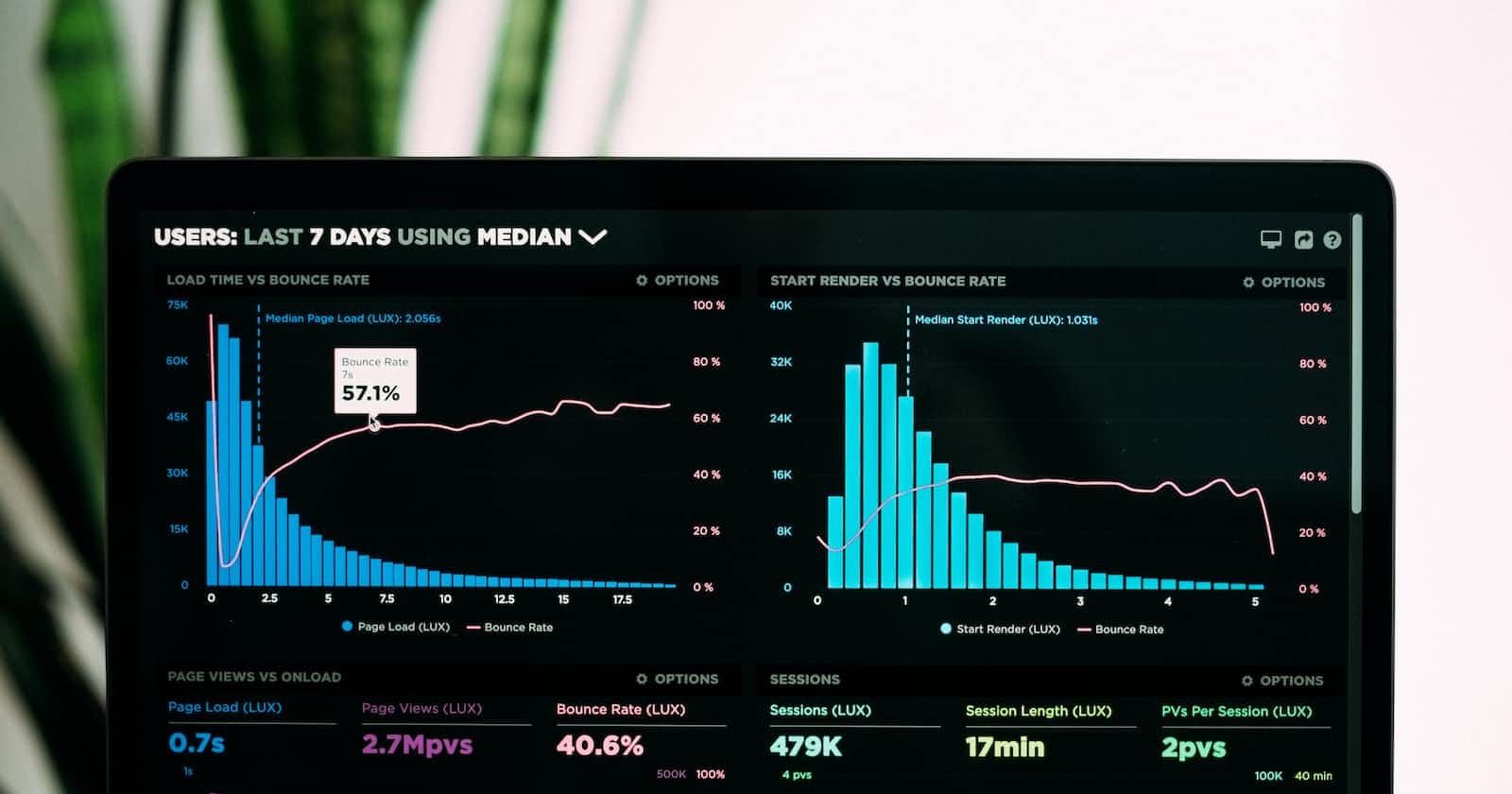In today's business world, ML algorithms are becoming increasingly integral to crucial decision-making processes. However, it's important to recognize that like any software, these algorithms are not without their flaws. ML models are subject to bugs, errors, and changes in data inputs. Therefore, it's essential to monitor these models to ensure that they remain accurate and effective. Regular monitoring enables businesses to identify issues before they cause significant problems.
ML monitoring is essentially monitoring the performance of ML models over time. By tracking their performance, businesses can identify areas for improvement and make changes quickly. This gives them an edge in a fast-paced business environment, enabling them to make faster, more informed decisions.
One of the primary benefits of ML monitoring is detecting data drift. ML models are trained on historical data, but as new data is introduced, they may deviate from the original training data. This can significantly impact model performance. By monitoring for data drift, businesses can retrain models or adjust their inputs to ensure accuracy.
Monitoring key metrics is another important aspect of ML monitoring. Performance metrics such as accuracy and precision can be tracked in production to catch issues before they become major problems. This enables businesses to make necessary adjustments to the model to ensure optimal performance.
Another critical aspect of ML monitoring is identifying bias and ensuring fairness and accountability. If a machine learning model is trained on biased data, it will be biased as well. By monitoring for bias, businesses can adjust their models to ensure that they're making objective decisions. Additionally, monitoring different demographic groups' outcomes can help identify biases and take corrective action to avoid unintentionally perpetuating discrimination.
Proactive monitoring helps businesses identify potential failures before they cause significant problems. ML models can fail due to bugs in the code or changes in the data. By monitoring for potential failures, businesses can identify and address these issues before they cause significant problems.
In short, ML monitoring is a critical aspect of ensuring that your models are accurate, reliable, and effective. It can help companies avoid costly mistakes that could lead to financial losses or damage to their reputation. Investing in monitoring tools and strategies is becoming essential that can pay off in big ways down the line. By doing so, businesses can ensure they're getting the most out of their AI investments while avoiding the risks associated with poorly performing models.

